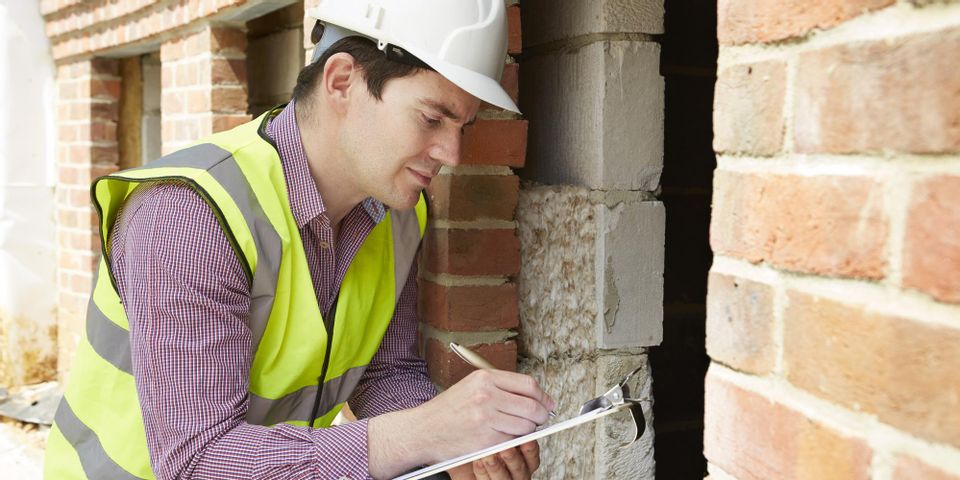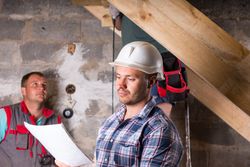What You Should Know About Radon Testing

If you’ve ever bought a home, you may have noticed a mention of radon in your home inspection report. While it’s common to test for this substance, many homeowners don’t have a clear understanding of what radon is and why it matters. Here’s an introduction to the basics of radon and why you should test for it.
What Is Radon?
Radon is a naturally occurring gas that is radioactive. Outdoors, it’s negligible because it disperses quickly. However, in your home, radon can be a health concern because it can increase the risk of lung cancer. It enters the home through cracks in the foundation. Low air pressure indoors draws the radon gas in, where it’s difficult for it to escape.
How Should You Test for Radon?
 Because radon is colorless and odorless, you may not know if it’s in your home. That’s why testing for it before you move is critical. A professional can visit the home and place a tester—they’ll collect it a few days later and have it analyzed for the presence of radon. If the gas levels are higher than recommended, you’ll need to take steps to ventilate the home.
Because radon is colorless and odorless, you may not know if it’s in your home. That’s why testing for it before you move is critical. A professional can visit the home and place a tester—they’ll collect it a few days later and have it analyzed for the presence of radon. If the gas levels are higher than recommended, you’ll need to take steps to ventilate the home.
Usually, radon control involves ventilating the basement and sealing cracks where the gas can enter. For homes on slab foundations, soil suction methods use soil to draw the gas to the edges of the slab and release it into the outdoor air, where it can be diluted with air. For homes with basements, solutions involve running a pipe through the foundation and connecting it to a fan, which creates suction to draw the gas out and vent it outside.
Not sure whether your home has elevated radon levels? Big Mountain Insulators in Whitefish, MT, can test your home for this harmful gas. For over 36 years, they’ve served Northwest Montana, including Browning, Cutbank, and Bigfork. Some of their services include radon mitigation and mold remediation. To discuss your project, call (406) 862-5446 or visit their website for more information.
About the Business
Have a question? Ask the experts!
Send your question

